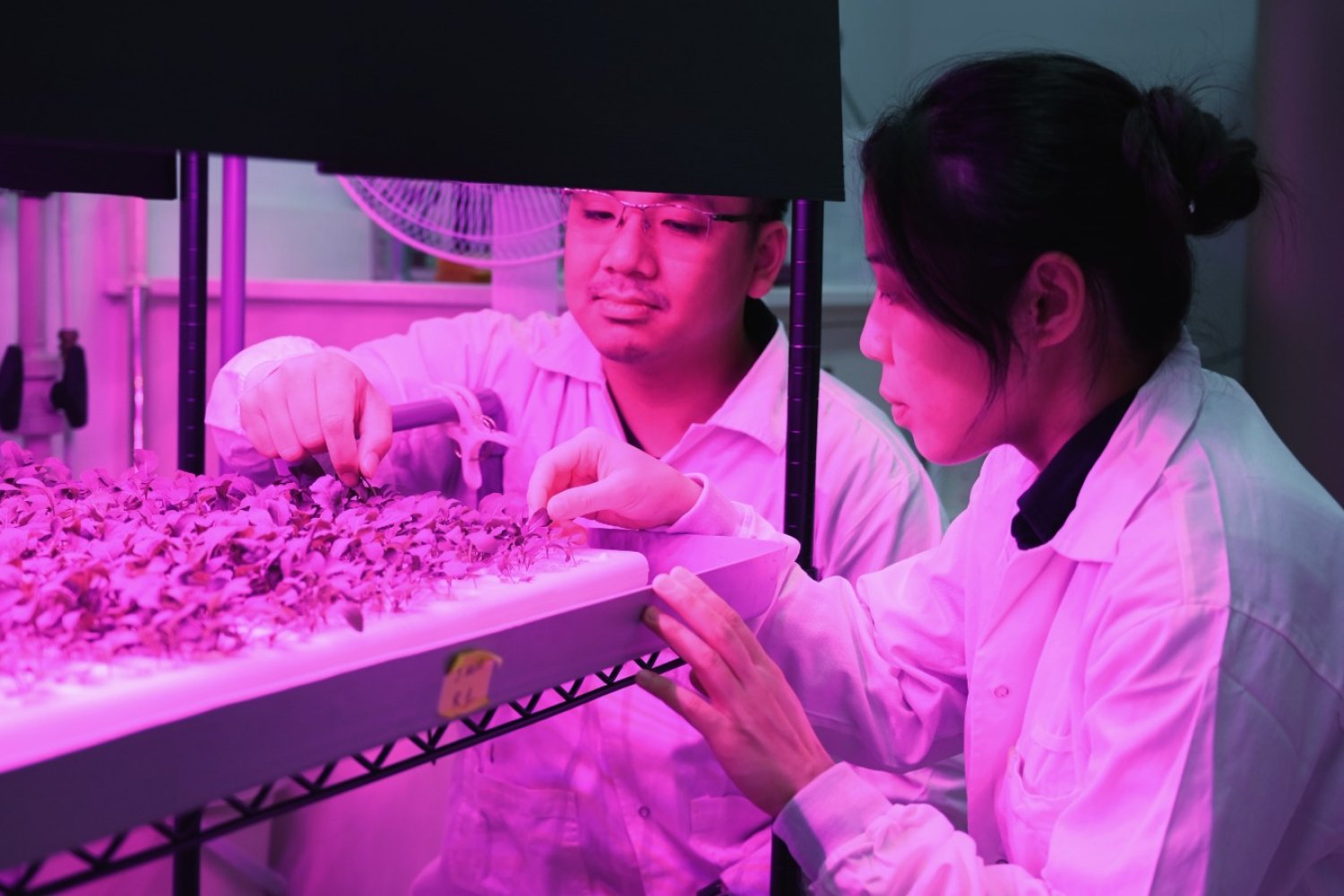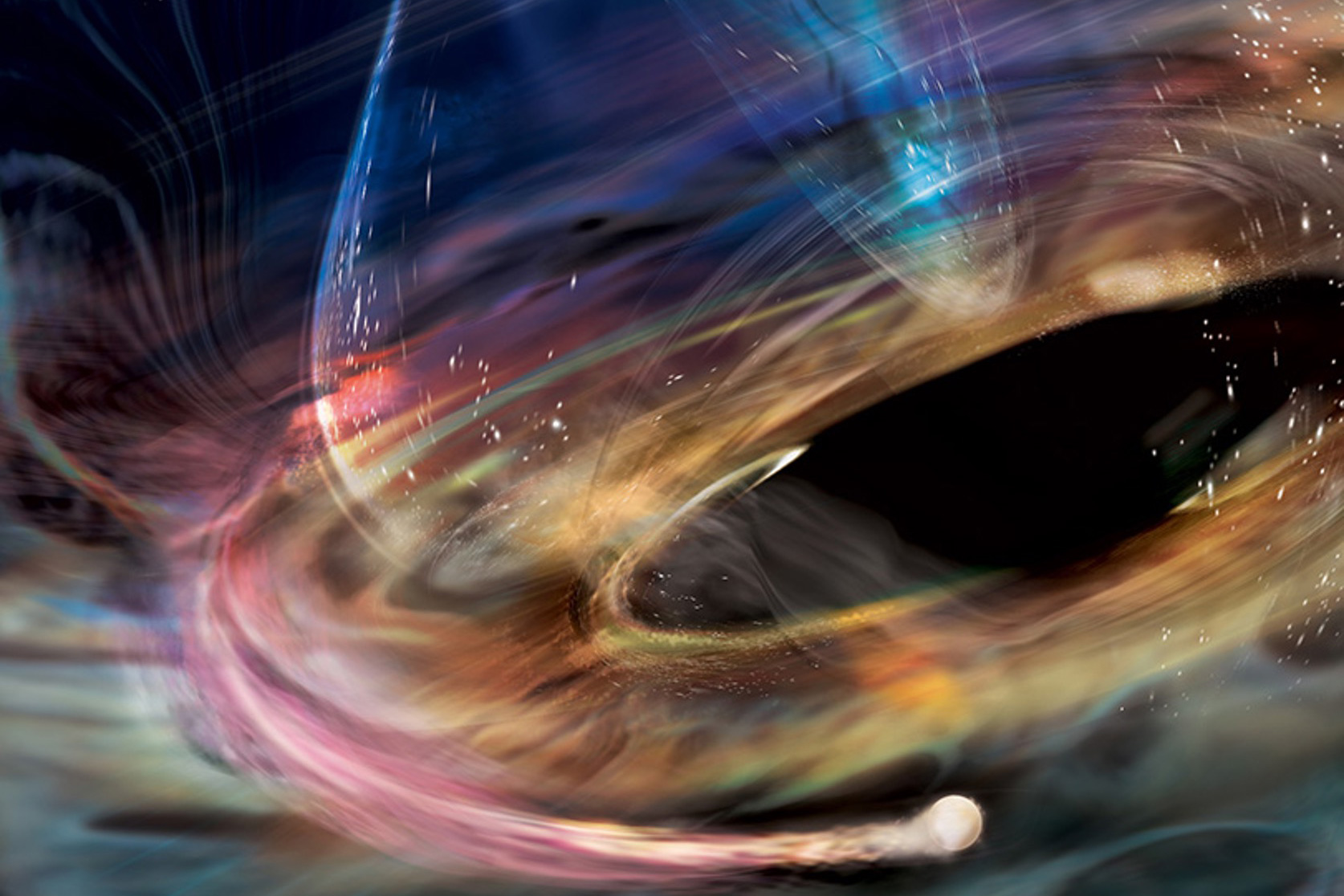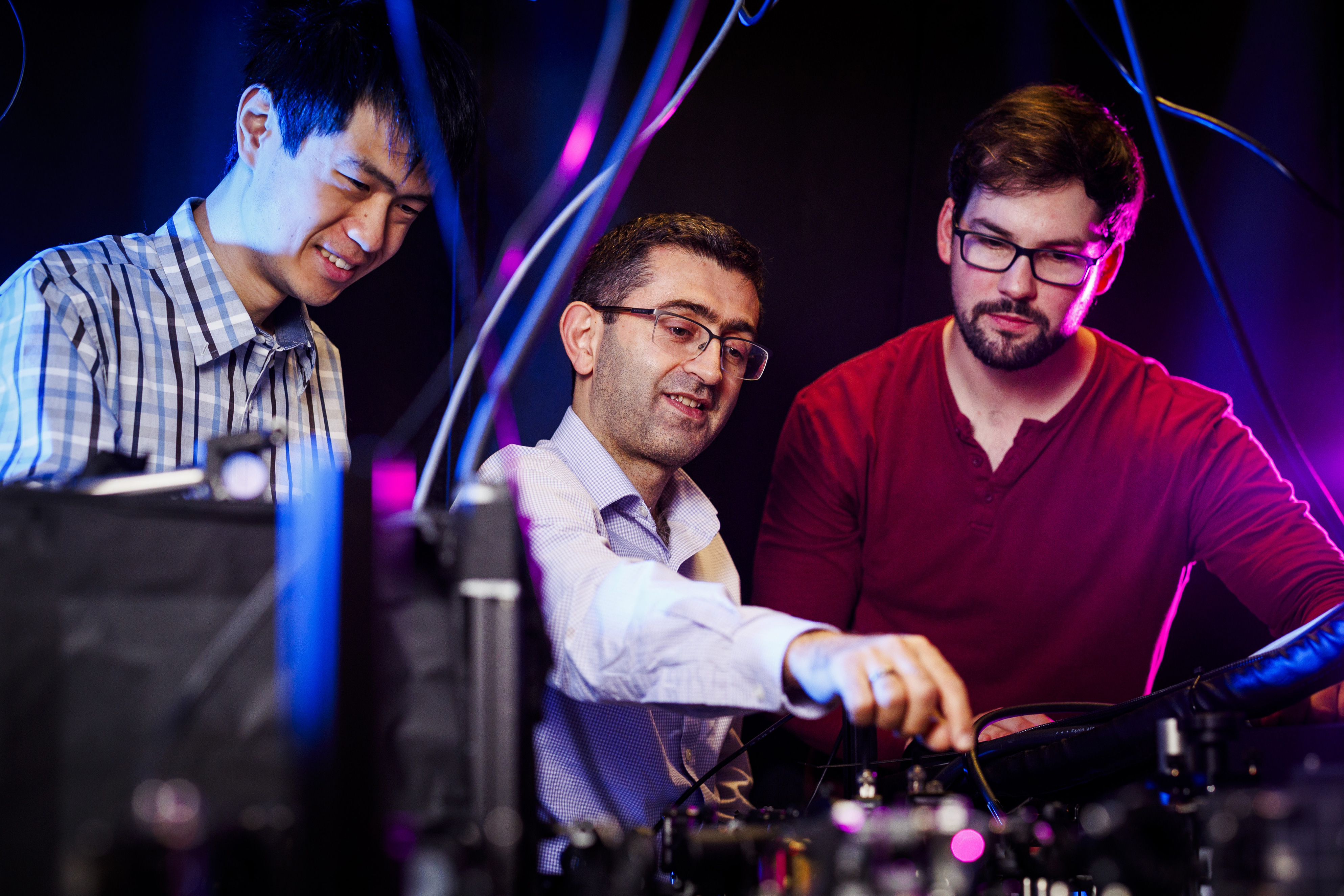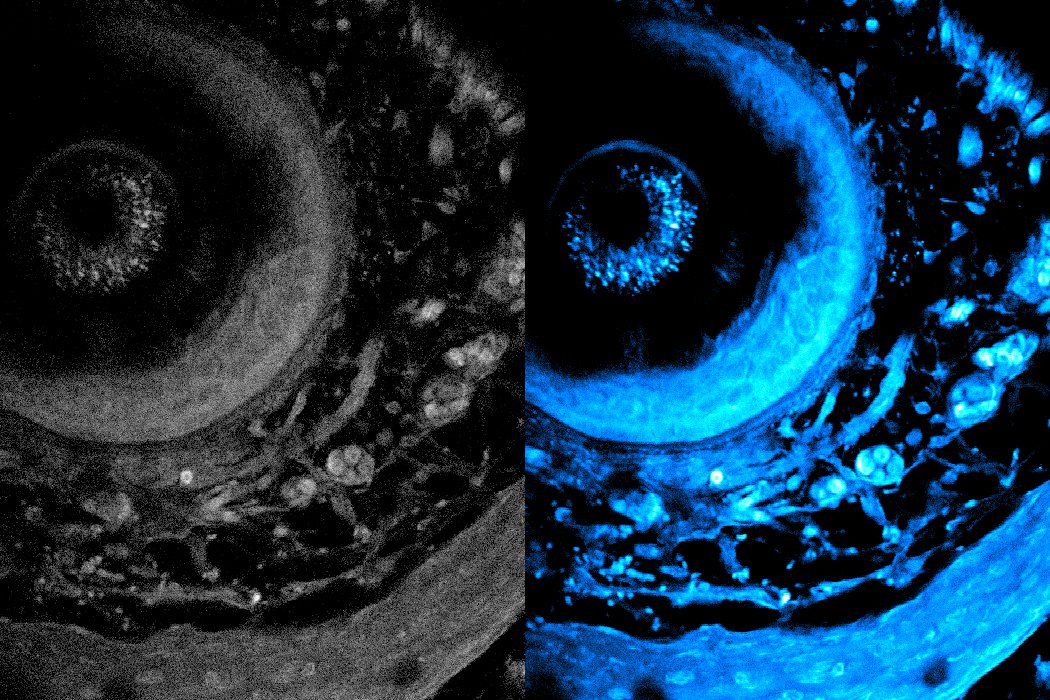MIT's Putnam Seminar: More Than Just a Competition
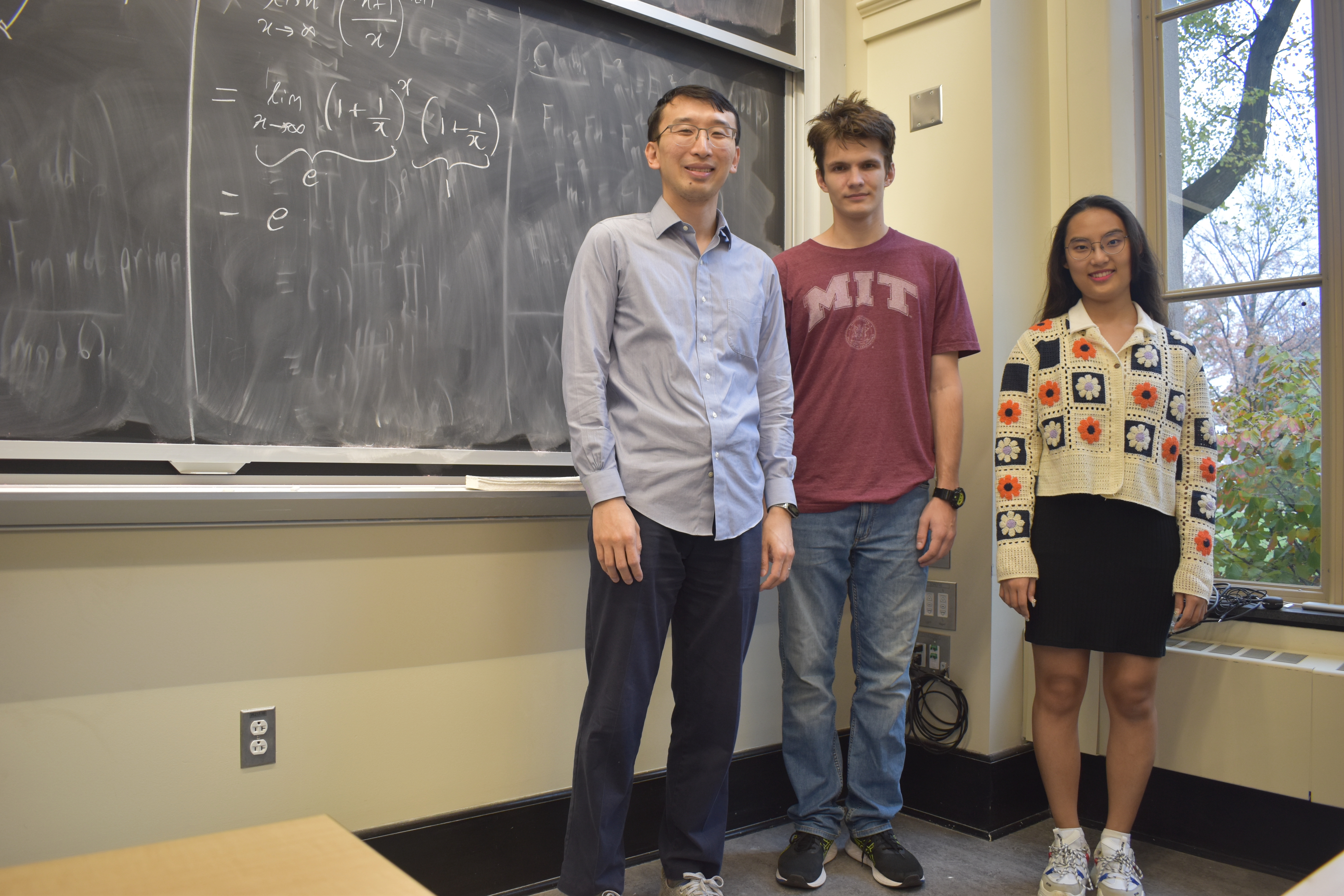
MIT's Putnam Seminar attracts math enthusiasts from around the globe. It's not just training for the William Lowell Putnam Mathematical Competition; it's a platform for student interaction, enhancing mathematical literacy and communication skills. Through student presentations, professorial guidance, and lectures from upperclassmen, the seminar helps students transition from high school math Olympiads to collegiate learning. Beyond problem-solving techniques, it emphasizes communication, encouraging blackboard presentations and providing extra practice. Ultimately, it helps students excel in the Putnam Competition but, more importantly, fosters a love of math and a drive for continuous learning.
Read more
